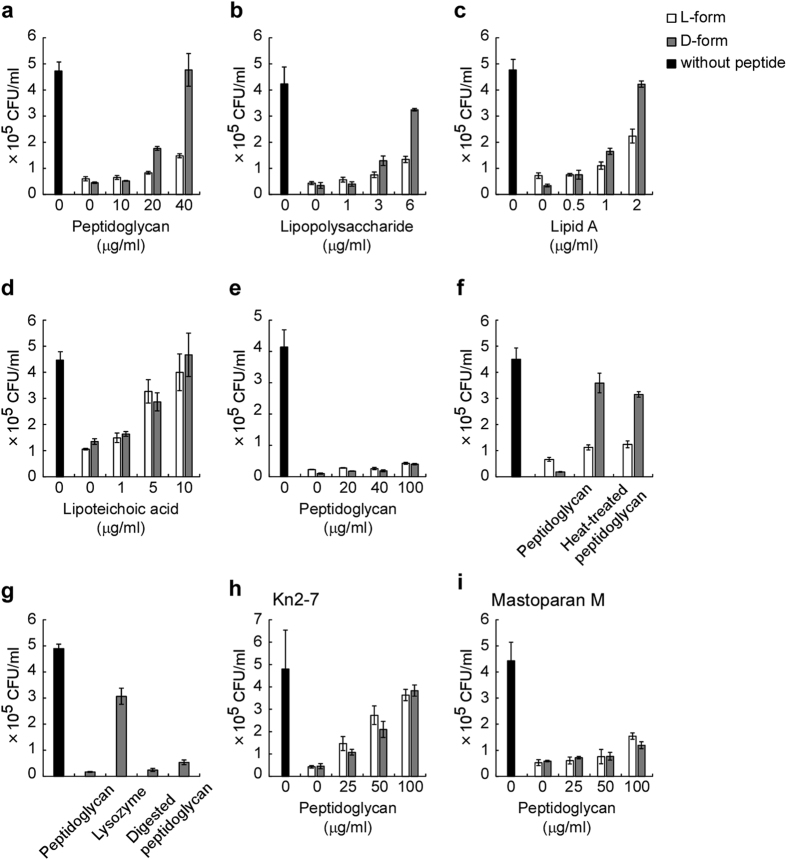Figure 5. S. aureus peptidoglycan and E. coli lipopolysaccharide preferentially inhibit the antimicrobial activity of D-form KLKLLLLLKLK-NH2.
Antimicrobial activities of D-form KLKLLLLLKLK-NH2 (1.9 μg/ml) and L-form KLKLLLLLKLK-NH2 (7.5 μg/ml) against S. aureus were examined in the presence of the indicated concentrations of peptidoglycan from S. aureus (a), lipopolysaccharide from E. coli (b), lipid A (c), lipoteicoic acid from S. aureus (d), and peptidoglycan from E. coli (e). (f) Antimicrobial activities of D-form KLKLLLLLKLK-NH2 (1.9 μg/ml) and L-form KLKLLLLLKLK-NH2 (7.5 μg/ml) against S. aureus were examined in the absence or presence of peptidoglycan (40 μg/ml) or heat-treated peptidoglycan (40 μg/ml) from S. aureus. (g) Antimicrobial activities of D-form KLKLLLLLKLK-NH2 (2.0 μg/ml) against S. aureus were examined in the absence or presence of 40 μg/ml of peptidoglycan treated with lysozyme (digested peptidoglycan), 40 μg/ml of peptidoglycan treated without lysozyme (peptidoglycan), or control buffer treated with lysozyme (lysozyme). Antimicrobial activities of D-form and L-form peptides of Kn2–7 (6.25 μg/ml) (h) or Mastoparan M (8 μg/ml) (i) against S. aureus were examined in the presence of the indicated concentrations of peptidoglycan from S. aureus. Gray bars and white bars represent CFUs in assay mixtures treated with D-form and L-form peptides, respectively. Black bars represent CFU in assay mixtures treated without peptide. The error bars represent the mean ± standard deviations from triplicate plates. Concentrations of dimethyl sulfoxide in the assay mixtures were 0.15%.

